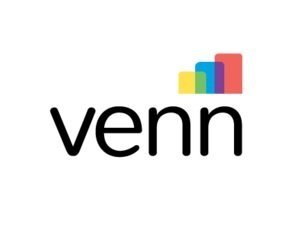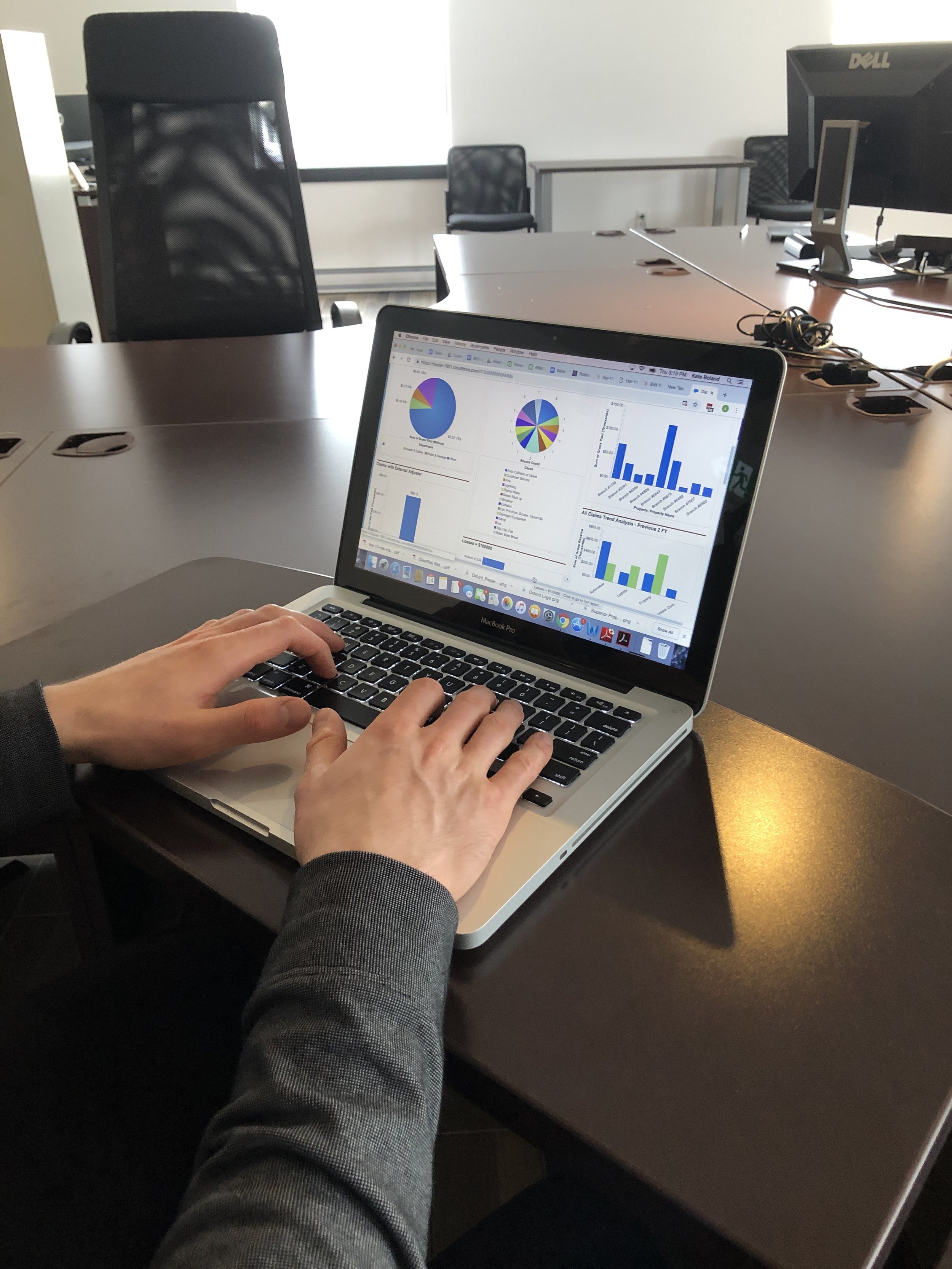What’s my competitor doing right now?
Why are they doing THAT?
What do I need to be considering in the next six months?
These are all questions that leaders of organizations have (and rightly so). Depending on your industry and the true nature of your competitive environment, competitors’ actions can have a significant impact on your business.
To bring this into an Atlantic Canadian context, here are a few examples:
Metal manufacturers:
Photo by Fancycrave on Unsplash
If you make things with metal, especially in things that are (or can be) commodity, you should be considering what your competitors are doing. With some 12,670 shops across Canada alone, having good awareness is important. For example:
Did your competitor acquire newer, faster equipment in the last three years that will let them be more price competitive? If you are working with CNC equipment that is 20 years old versus something state-of-the-art, who is likely able to provide better products?
Who is hiring the best talent in your industry? If a competitor is making key hires (perhaps they’re even taking your staff?), that may signal that they are ramping up their capabilities. More importantly, understanding the “why” may give you a chance to identify potential threats or upcoming opportunities.
What work have they been doing recently? Have they starting doing work for a new sector that they’ve never been in before, that may tell you something, especially if that effort is sustained. It may also indicate that they are making moves out of desperation. One move has to be understood in context from various sources to begin drawing conclusions, but when you put intelligence in the forefront of examining competitors, it can be a powerful tool.
Software companies:
Photo submitted by NL company, ClearRisk
With so many companies becoming software-enabled these days, the opportunities for software companies have never been so plentiful (and so competitive).
How is your competitor talking to their customers? What trends have changed over time in their product, messaging and brand? Using tools like the Way Back Machine can be highly instructive. There are even great examples of anticipating competitor product launches through tracking the change of messaging. So, you don’t need a crystal ball after all!
Speaking of which… what products are your competitors developing? Software is a constant game of development and refinement. Understanding this information can be a huge opportunity to spot gaps in the market and differentiate yourself to customers.
How many customers does your competitor have? “You can’t possibly know that!” Well, there are various ethical ways that you can come to understand this. Indicators like the number of employees a company has (along with their specific tasks/job titles), the logos showcased on their website, the evaluations on platforms and even what people from industry (or even the competitors themselves!) will tell you.
Bio-based companies:
While “bio” can mean a lot, there are a number of things that you can observe about competitors that can be helpful for you as you form your strategy:
What R&D are they doing? Through things like poster sessions at trade shows, publications listed on LinkedIn profiles, patents that have been filed and other mechanisms, you can develop great awareness of what competitors are doing.
Who are they hiring? While mentioned above, this can be an important measure of competitor activity, especially in bio-based industries. If your competitor hires a bunch of new scientists, that likely signals a new product or perhaps more intensive development on existing products. The question then becomes, “How do your current and future products stack up to what they should be able to produce?”
Have they raised any outside capital (debt, equity or otherwise)? Do they have new investment? Many bio-based companies are capital intensive. Whether for research, capital expenditures, or even hiring, it takes a lot of money. If a competitor is raising money frequently, especially if they’re raising lots of money, that can provide signals about the company and its plans. Couple that with evaluating the leadership of a company, this can give you a laser-focused understanding of the orientation and likely actions of your competitor.
Food and beverage companies:
Photo by Dose Juice on Unsplash
With Canadian food manufacturing companies seeing $33.9 billion worth of exports and beverage and tobacco weighing in at $1.3 billion of exports, this is clearly an area of business with big potential. These two industries, however, are notoriously difficult in which to obtain profitability, with just 75.4% and 59.1% of firms in those markets being profitable, respectively. So, what should you be examining?
What clients is your competitor serving? While the distribution models vary in food and beverage (whether using a distributor, going direct-to-consumer, selling direct to retailers or another model), knowing where your competitors are playing can give good insight. If you understand the average margins that these destinations represent, the challenges and opportunities with each distribution model and even the relationships that underlie these, it can give you some good visibility into the competitor.
Who are they lobbying? While not all food and beverage companies have the money to do lobbying, sometimes, they belong to industry associations or groups that do. If regulatory intelligence is important to your company, this can certainly be a component. Thankfully, Canada has a very transparent system that you can examine to find out the answer to this question.
How is your competitor’s supply chain? Being able to answer this question can generate tremendous opportunities for your company. Think about it: if your competitor sources raw materials from a politically-unstable country, uses suppliers that have risk of contamination (and subsequently recalls), or even has seasonal disruptions from weather, you can capitalize on that. All of these factors could lead to finished stock being unavailable or higher prices to consumers.
Having said all of that, the most important thing about tracking competitor key intelligence topics like this is that you will make a business decision based on it.
If you’re not prepared to make a business decision based on information that you learn, you don’t need to track it.
In a world as noisy as this one, you don’t need to “boil the ocean.” Rather, focus on what matters and what you will actually use to make business decisions.
If you want some help with that, we’re offering training to help you do just that. Connect with Jonathan to chat about the specifics of your company!





